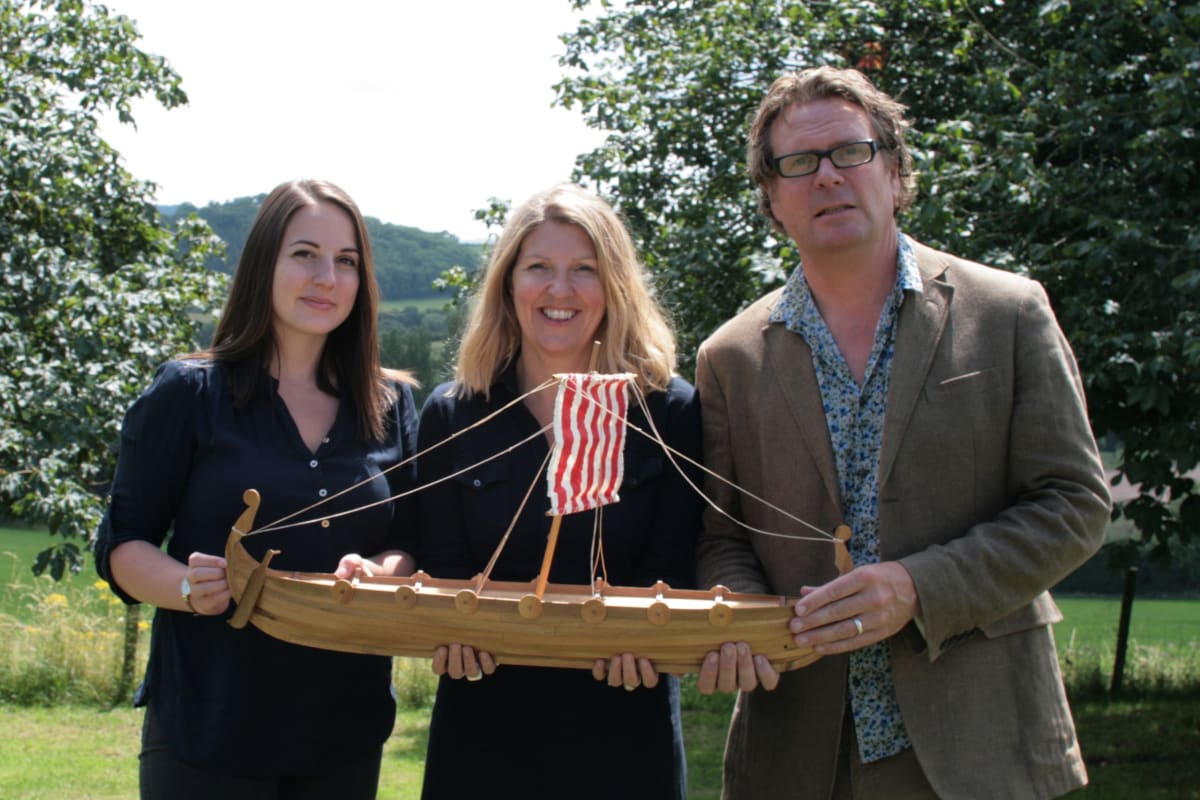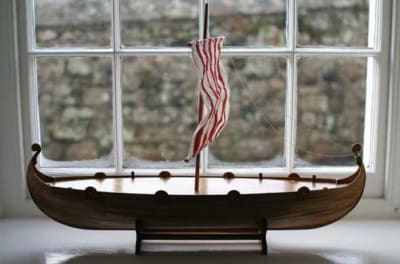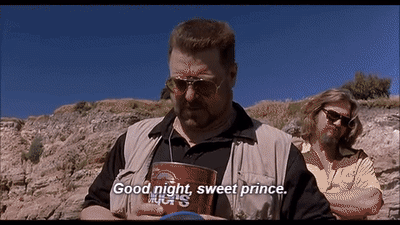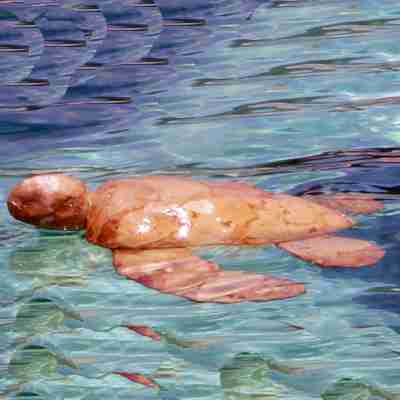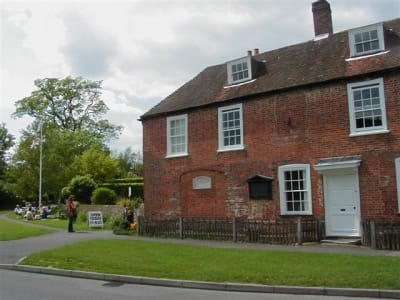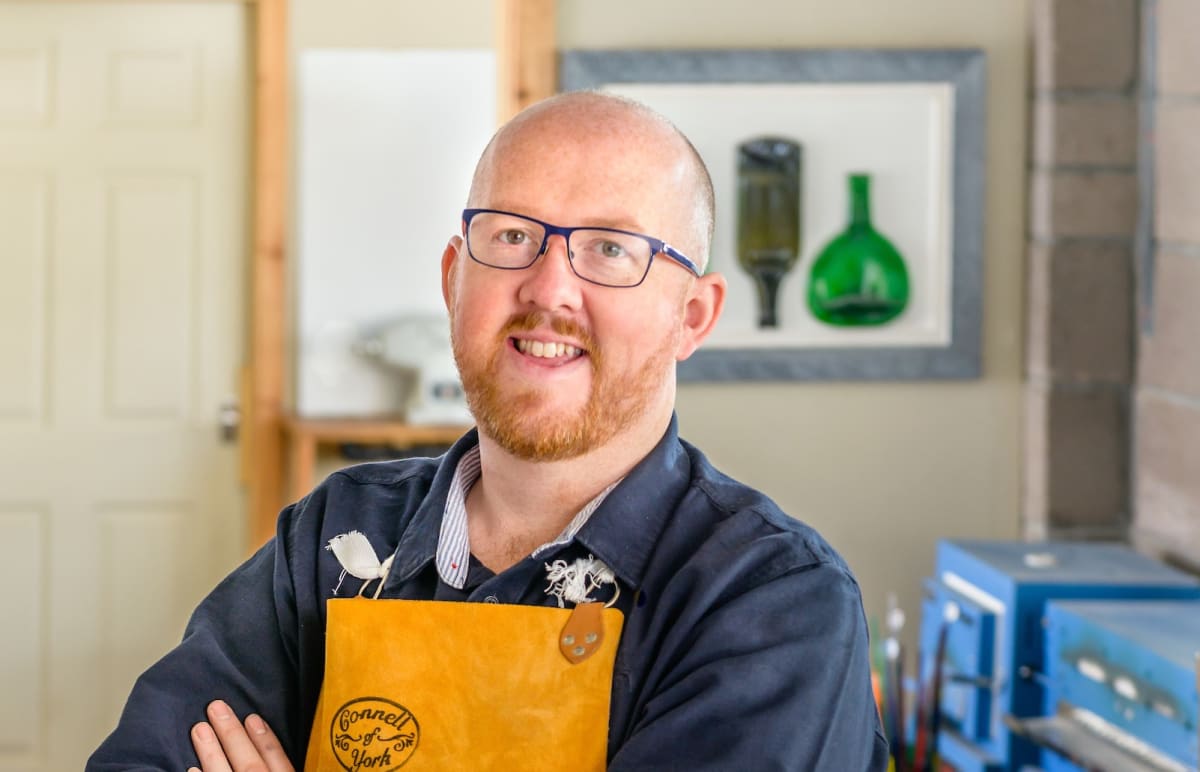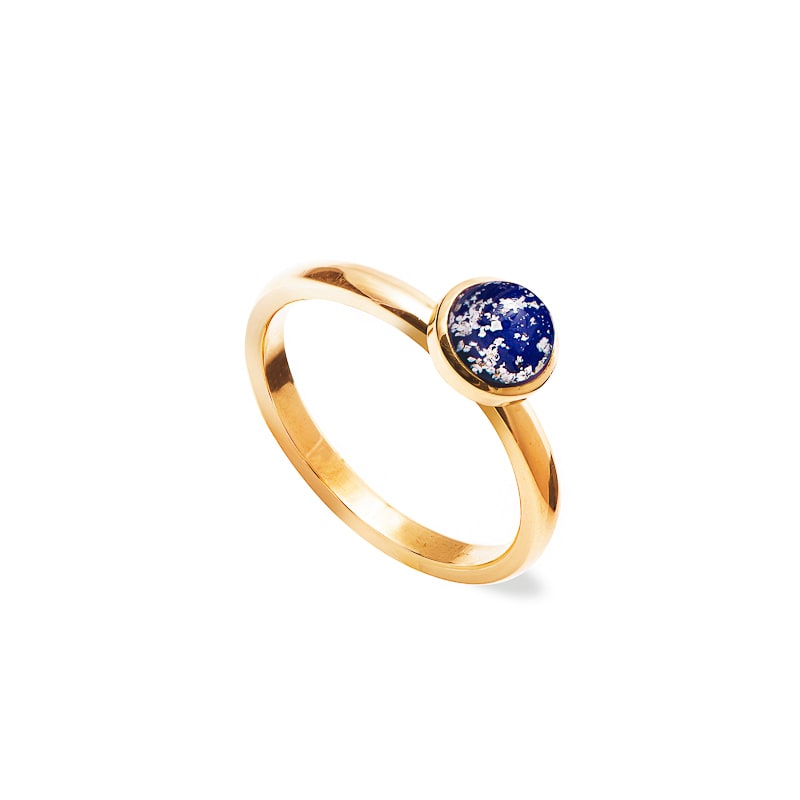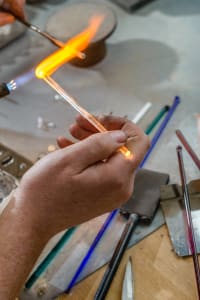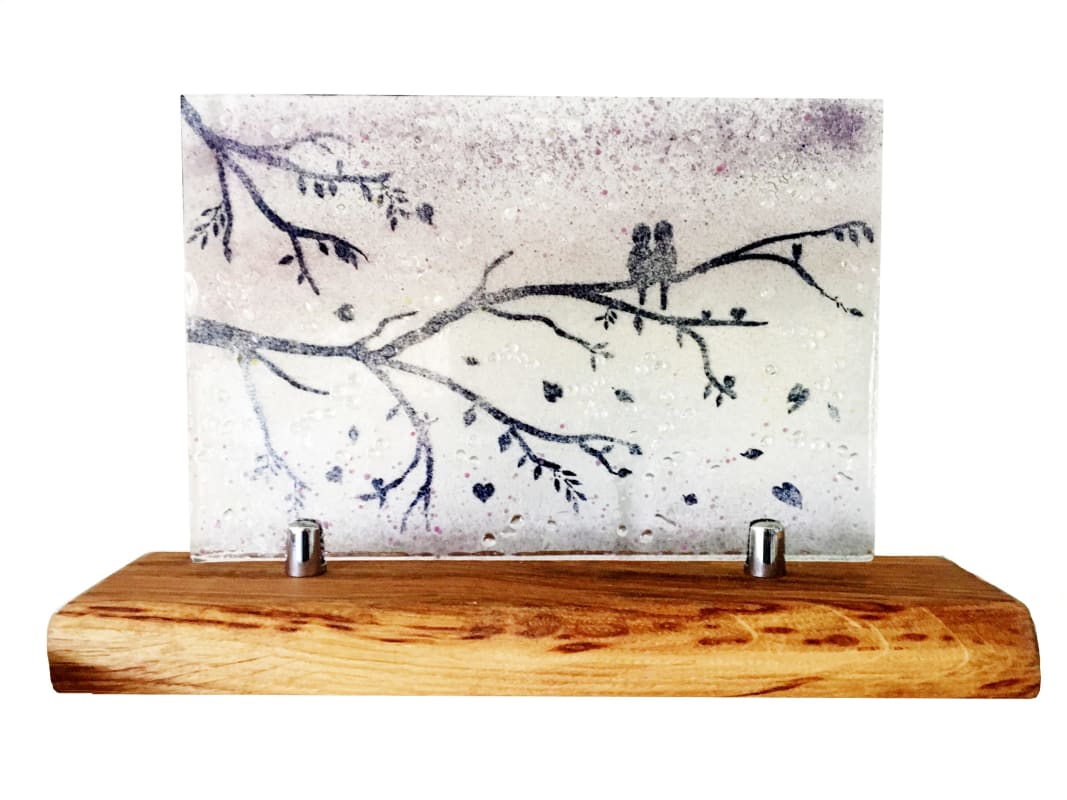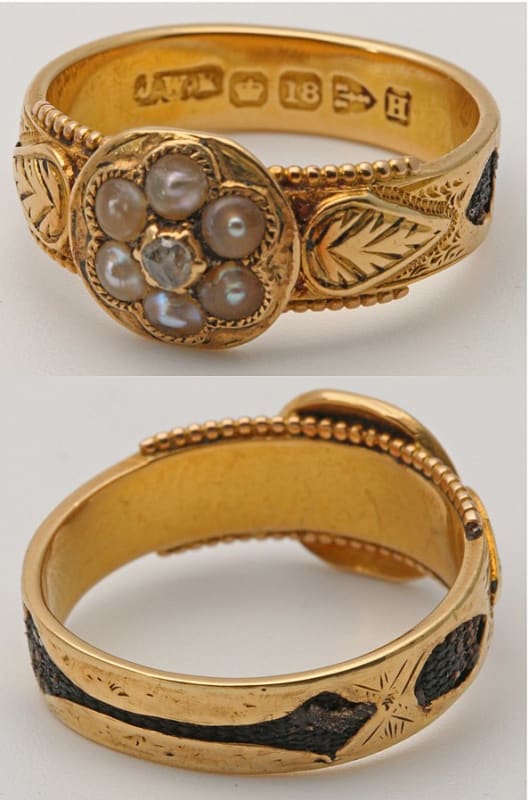
Every month, we’ll be profiling one of the funeral directors who we work with, to give you more of an insight into how they work and what makes them tick.
First up, Sussex funerals. We spoke with Philip Evans, the owner.
You can look at reviews left by real customers, get their prices and contact Sussex Funerals here.
Hi Phil, hope you’re well. Sussex Funerals is a husband and wife team.
That’s right, yeah. I look after the Hove office, and my wife Sallie looks after the Brighton branch. The Hove office is the main office, while Brighton is the satellite office.

How did you guys get into the industry?
My brother had died, which was the kick-start for it all. Initially I trained as a celebrant, taking services in London. At that time, I was still working in my role as a freelance Investigator, which helped me find the time to begin training as a celebrant. I built up a good network of funeral directors in South East London which provided me with work. This led to me being offered a position as a funeral arranger with a firm in Bromley. Then finally I started to think that I could actually start my own funeral director’s business, with support from my father who was also in the same business. Later on I met Sallie who joined me after getting to know me about three years into the business and of course we then married.
So you got used to death quite early on then?
Well actually my earlier career as a Police officer helped me to deal with certain scenarios and so I was able to use those transferrable skills and that experience to assist me in my role as a Funeral Director, in particular when dealing and communicating with vulnerable people.
And indeed, in our own personal life, shortly after we got together, my wife Sallie was diagnosed with breast cancer, which during the course of the treatment allowed Sallie and I to, not only become closer together, but over that time period, it also changed our outlook on life and indeed death – it’s part of our story. This has helped us to understand a bit better what some of our clients are going through and what their loved ones have been through and enabled us to get even closer to some of them.
Do you have a way of treating clients at Sussex Funerals? Most people don’t know much about funerals when they need to arrange one.
That’s right. First and foremost, we aim to approach them by simply being ourselves. We don’t pretend to be people we’re not. I think that’s important, to be genuine and authentic. And I find that when someone walks into a funeral directors’ office and you sit down and begin the conversation, it often comes down to personalities. So, in short, our approach is that we just try and be ourselves when we meet and greet people, rather than put on an act.
Our offices are modern and comfortable, it’s a bit like being in someone’s dining room and we’ll just listen to their story about their loved one, and what’s happened, usually over a cuppa. Sometimes it’ll only be in a few words and sometimes people want to talk quite a bit more. So we always listen and deal with each family’s needs based on their own merits.
There’s always different dynamics in each situation and it’s important that we constantly and consistently keep an open mind, while presenting ourselves and our business.

Are there any particularly memorable funerals that you’ve arranged?
Colourful-wise we once had a very long procession of cars wanting to follow the hearse. Which itself was full of colourful balloons. It was quite a challenge getting them in! Every car had a balloon tied to a wing mirror, to stand out as being a part of the cortege and when you looked back you could see this trail of cars with colourful balloons, which really was a quite amazing sight.
Once we did a funeral for a couple who wanted a beautiful, colourful hearse all lit up with fairy lights. It was mid-winter and they had a late afternoon slot and by the time we arrived at the crematorium, so you can imagine how lit up lit was, with half a dozen fairy lights. That was unusual. We will always strive to go the extra mile and give people what they want.
The most emotional memorable moment, was the time that I was taking a service for a young mother and wife. She left behind her ten-year-old boy as well as a husband, parents and of course all her friends. Well, she’d written out her own personal tributes to each and every one of them. Nobody knew, except her very closest friend, who coordinated the funeral with me. As the celebrant, I had to read these all out…she went through all their personality traits and thanked them all for everything that they meant to her. That was really touching and emotional and has stayed with us ever since.
You were one of the first to join Beyond, back when we were Funeralbooker. Why did you?
I liked the concept of what Beyond was offering. I can be quite a difficult man when it comes to signing up to anything that especially involves advertising or marketing! Bearing in mind I also have a Trading Standards background and so integrity and transparency are very important to me. We are one of very few funeral directors in Brighton who openly lists their costs on our websites. Beyond helps to make life easier for families who find themselves needing to compare prices and identify those reputable funeral directors. That’s something which I support.
I can see regulation coming in to force funeral directors to declare their costs. If you sell products on the high street you have to declare how much they cost. Obviously, the funeral industry is different, there is a little more ambiguity with regards to costings. But I believe that as a company, we’ve cracked it, though it hasn’t been an easy task.

Any plans for the future?
Just to keep doing what we’re doing – providing a quality service to people who need it. We’re not interested in growing any bigger. But rather we are contented in looking after the families that come to us personally, which works for us, and of course keeps us both busy as we continue to feel blessed coming to work each day in a profession that we love.

